Getting to Iceland is no easy journey. From Manila you travel more than 20 hours to reach this remote Nordic island nation. As the plane descends, you will see a vast expanse of earth as far as the eye can see. You will immediately feel like you’re going to do an even longer trip by land.
But Iceland is worth the wait and all the time spent traveling. As you find yourself deep into its heart, you’ll soon realize that Iceland is a feast for the senses; it is a country that is as raw and untouched as a remote island can be. It is breathtaking and nearly every scenery will make you gasp in admiration.
The architecture is particularly interesting — beautiful, unique and functional.
Scandinavian influences
Iceland’s traditional architecture is derived from various Scandinavian influences. The country has a history of being ruled by Vikings between the 9th and 13th centuries.
Turf houses
The Vikings built Turf houses to protect themselves from the harsh climate of Iceland. Turf refers to the top layer of soil that is held together so tightly by the roots of grass that it can easily be cut into mats.
These green cloaks of structures seem to melt into the natural landscape of the country. Some of these structures are still visible, even in tiny homes made for elves. Yes, Icelanders believe in elves as Filipinos believe in old wives’ tales, urban legends and mythical creatures.
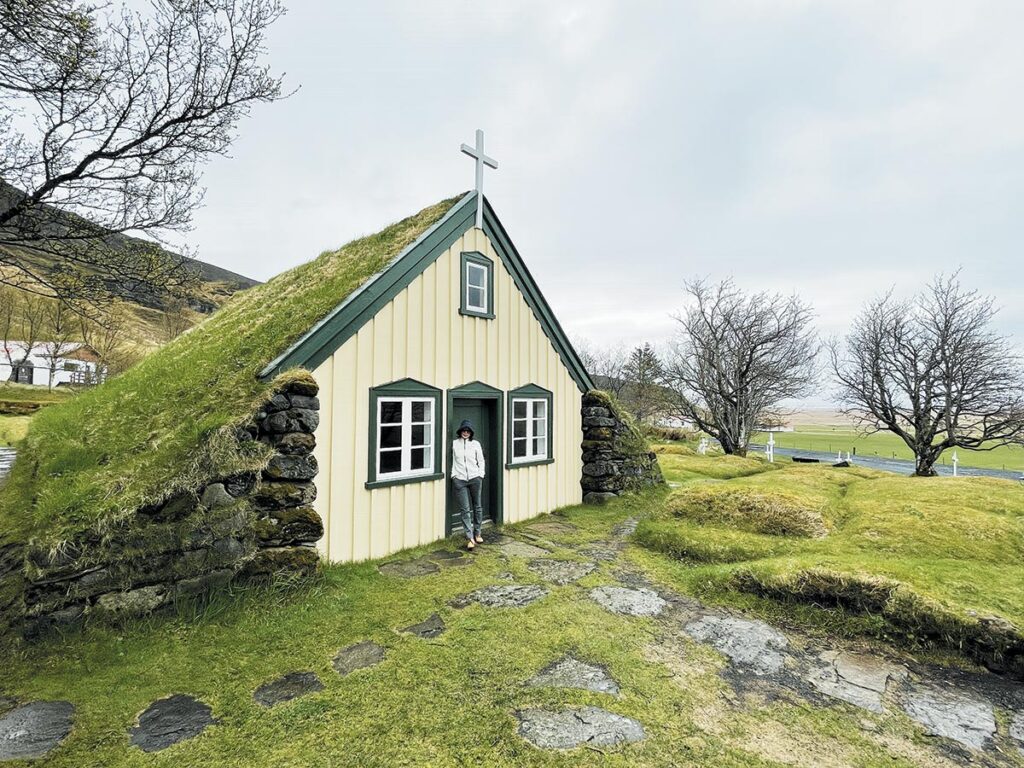
Churches
When Christianity arrived in Iceland during 1,000 AD, numerous churches began to be erected all over the country. Some were Turf structures but a few of them were also built out of timber-frames.
Later on, Icelandic stone made its way into the architecture of Iceland during the 18th century but it required remarkable craftsmanship – this made it expensive and thus was only used to build official buildings in the country.
The church of Reykjavik
Hallgrímskirkja or the Church of Hallgrimur is one of the most iconic architectural marvels in Iceland. It is a Lutheran parish church in Reykjavik and is known for its distinctively curved spire and side wings.
Situated on the hilltop Skólavörðuholt near the centre of Reykjavík, the church is one of the city’s best-known landmarks and is visible throughout the city.
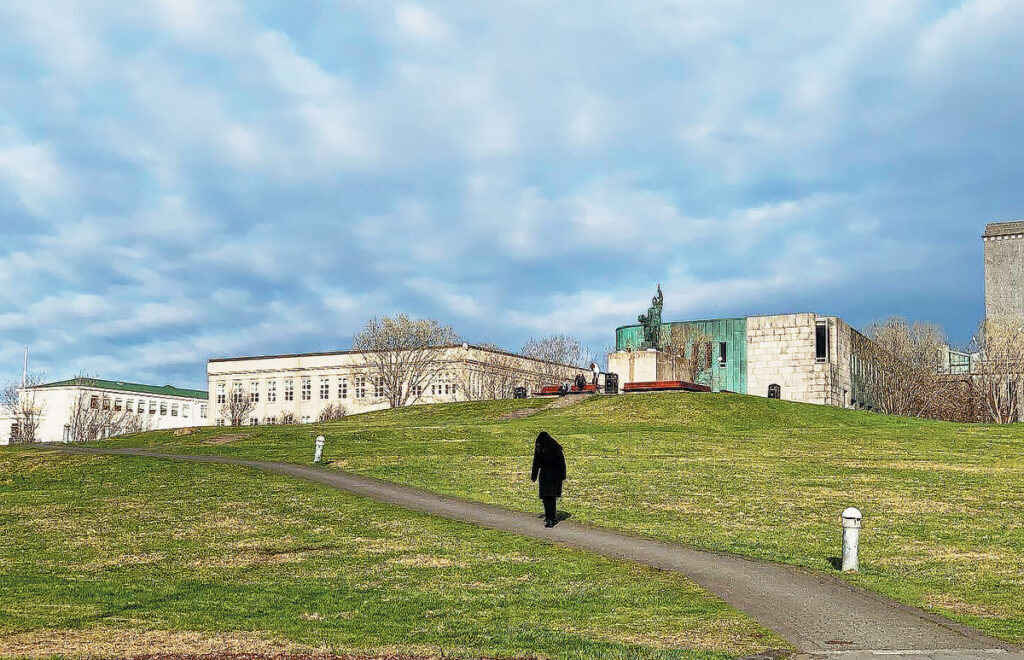
Guðjón Samúelsson, a state architect, designed the church in 1937. He is said to have designed it to resemble Iceland’s glaciers, mountains and rocks. Its organ pipe formations resemble the Svartifoss, a waterfall in Iceland.
The design is similar in style to the expressionist architecture of Grundtvia’s Church of Copenhagen, Denmark.
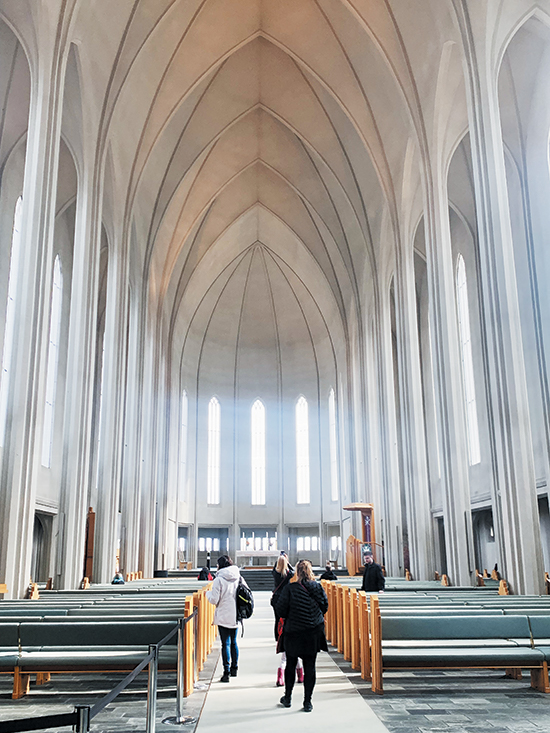
Architecturally, Hallgrímskirkja has a tower with the distinctly curved side wings, a nave in more traditional architecture, and a sanctuary at the other end of the nave, whose cylindrical shape has been described as evoking Viking war helmets.
Hotels
Hotels all over Reykjavik also reflect interesting architectural designs.

The newly opened Reykjavik Edition is one such hotel. It’s a waterfront hotel in the scenic heart of the capital. “From the outside, the building features an ebony façade of shou sugi ban timber that has been charred to be blacked using an ancient Japanese technique, while blackened steel frames are a clear nod to Iceland’s dramatic lava landscape. The simple, clean-lines of the structure itself have been angled to make the most of the views and its harbour-side setting, with a double-entrance lobby accessible either from the pedestrian Harpa plaza, or the harbour itself,” according to the Sleeper magazine.
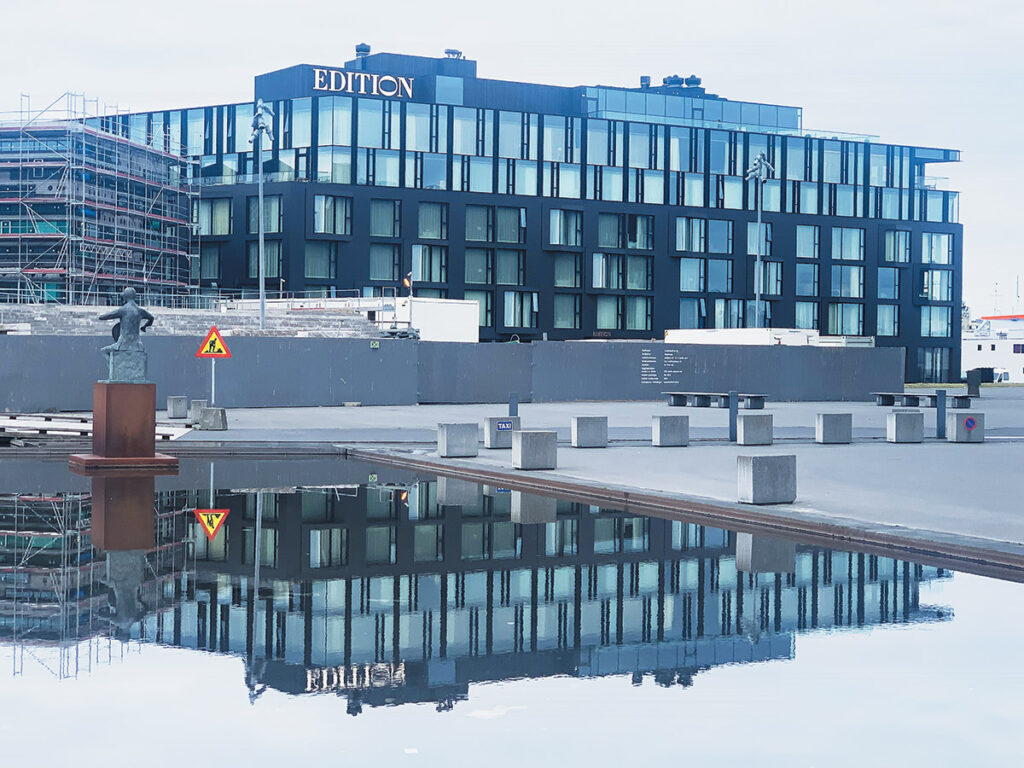
Inside, the article also said, one will find “a sculptural totem in lava stone to balance warm materials such as saddle leather wrapped around concrete columns and white oak flooring, ceiling beams and slats that flank the atmospheric lobby bar.”
And there’s more: “Elsewhere, the lobby lounge features a central open-flame fireplace surrounded by seating and a collection of custom-made furniture in intimate groups, including the Jean-Michel Frank-inspired armchair in white shearling and Pierre Jeanneret-inspired chairs in black velvet.”
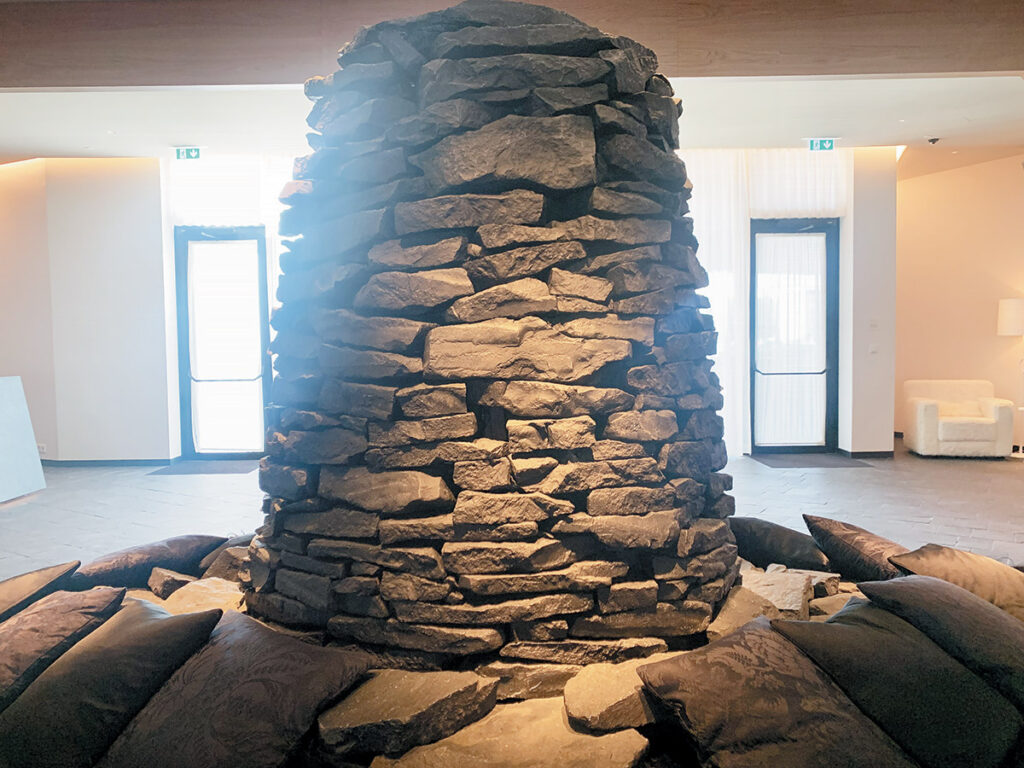
Opera house
And then there’s the Harpa Centre, the concert hall in Reykjavik.
Here is the description provided by the architects, as published in ArchDaily: Situated on the border between land and sea, the Centre stands out as a large, radiant sculpture reflecting both sky and harbour space as well as the vibrant life of the city. The spectacular facades have been designed in close collaboration between Henning Larsen Architects, the Danish-Icelandic artist Olafur Eliasson and the engineering companies Rambøll and ArtEngineering GmbH from Germany.
Inside, “the halls form a mountain-like massif that similar to basalt rock on the coast forms a stark contrast to the expressive and open facade. At the core of the rock, the largest hall of the Centre, the main concert hall, reveals its interior as a red-hot centre of force.”
These are just some of the many things that make Iceland one of the most beautiful countries in the world.
If one day you find yourself in the Land of Fire and Ice, make sure you take the time to see its many architectural wonders.
